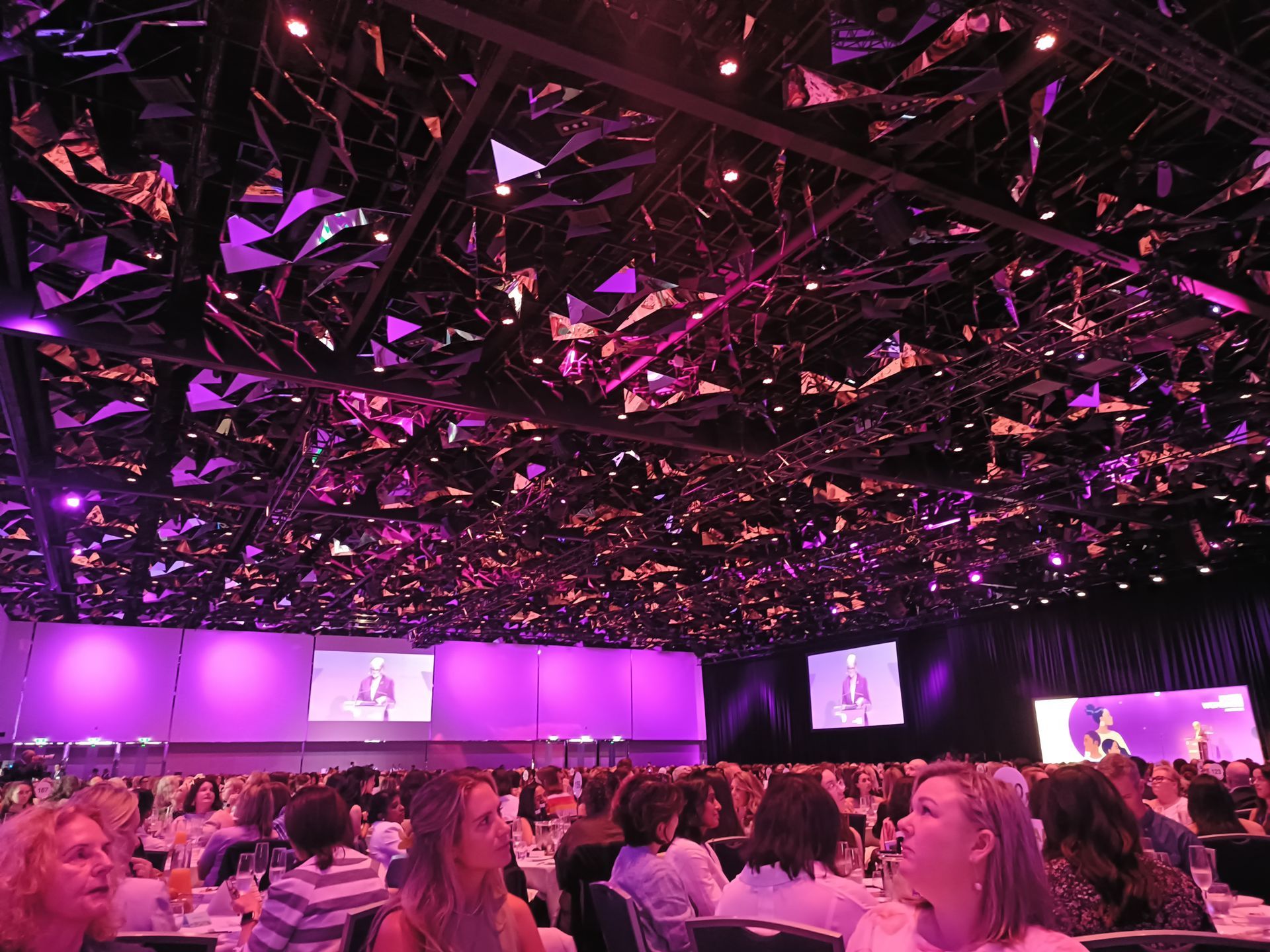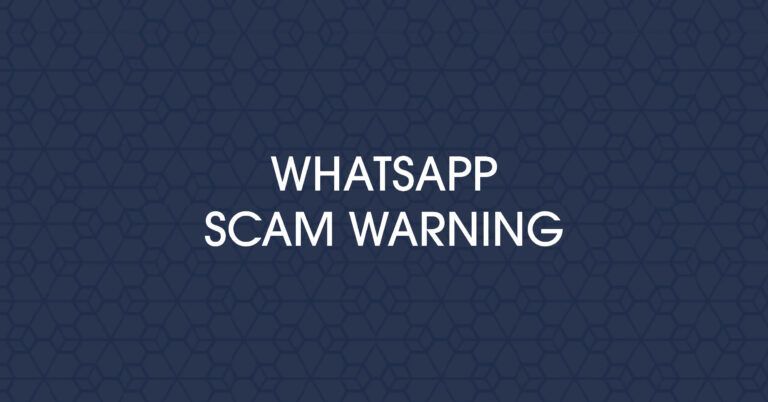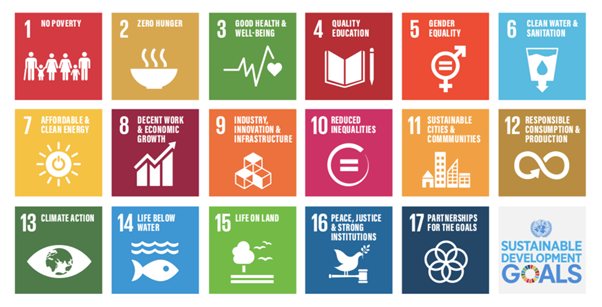Sabbaticals, Career Breaks and Long Service Leave
Sabbaticals, Career Breaks and Long Service Leave… are they beneficial and how are they viewed by prospective and or current employers.
In today’s fast-paced work environment, the notion of taking a break, whether through a sabbatical, career break or long service leave, is becoming more recognised as not only an opportunity for personal development but also a strategic move for both employees and employers. While each of these breaks offer benefits, they also come with their own set of challenges.
The Perks of Sabbaticals
A sabbatical, typically an extended period of leave granted for employers, offers employees a rare opportunity to step back from the pressures of daily work life. This time away can be transformative, enabling individuals to pursue personal passions, travel, study or simply rest and rejuvenate, providing a chance to reduce burnout, combat stress and focus on self-care. Upon return, employees often feel re-energised, more focused and ready contribute with new rigor.
However, taking a sabbatical isn’t without its drawbacks. Most sabbaticals are unpaid, which can make this option financially unfeasible for a large portion of the work force. It also carries a potential risk of career stagnation. Though some employees have become more open to sabbaticals, others may perceive the break as a sign of disengagement, which could impact future career progression.
Career Breaks: Rest and Recuperation
A career break, another form of extended leave, typically lasting more than two months and often unpaid. Unlike a sabbatical, career breaks are generally not tied to a specific job or employer, and individuals may return to a new position all together. One of the major benefits of a career break is the ability to gain a fresh perspective on life and career. Whether traveling the world, learning new skills, or simply taking time away from a toxic work environment, a career break can be a rewarding experience. It can allow individuals to reevaluate their career trajectory, pursue passions projects and prioritise their mental health.
While there is still some stigma around career breaks, this is slowly changing. Many employers now value candidates who take time off to improve themselves, as it often signals a commitment to personal growth, adaptability and resilience. Being transparent about what was learned during the break can demonstrate an ability to evolve.
Long service Leave: A Reward for Dedication
Long service leave is a benefit that acknowledges employees who have worked with the same organisation for a significant period, typically between 7 to 15 years. This way employees are able to take an extended break while still receiving regular pay. This benefit is seen as a reward for loyalty and can help improve employee retention.
For employees, long service leave offers an invaluable opportunity to take time off without the financial burden of unpaid leave. Whether its for long-term travel, completing personal projects, or spending time with family, this leave supports a healthier work-life balance. Employers on the other hand, view long service leave as means to reward dedications and encourage long-term employment, creating a more stable and experienced workforce.
Sabbaticals, career breaks, and long service leave all provide valuable opportunities for personal and professional growth. They offer a chance to step away from the daily grind and return refreshed, with new perspectives and skills. s the work environment evolves, these breaks are increasingly being viewed as a positive tool for both employee wellbeing and organisational success.
















